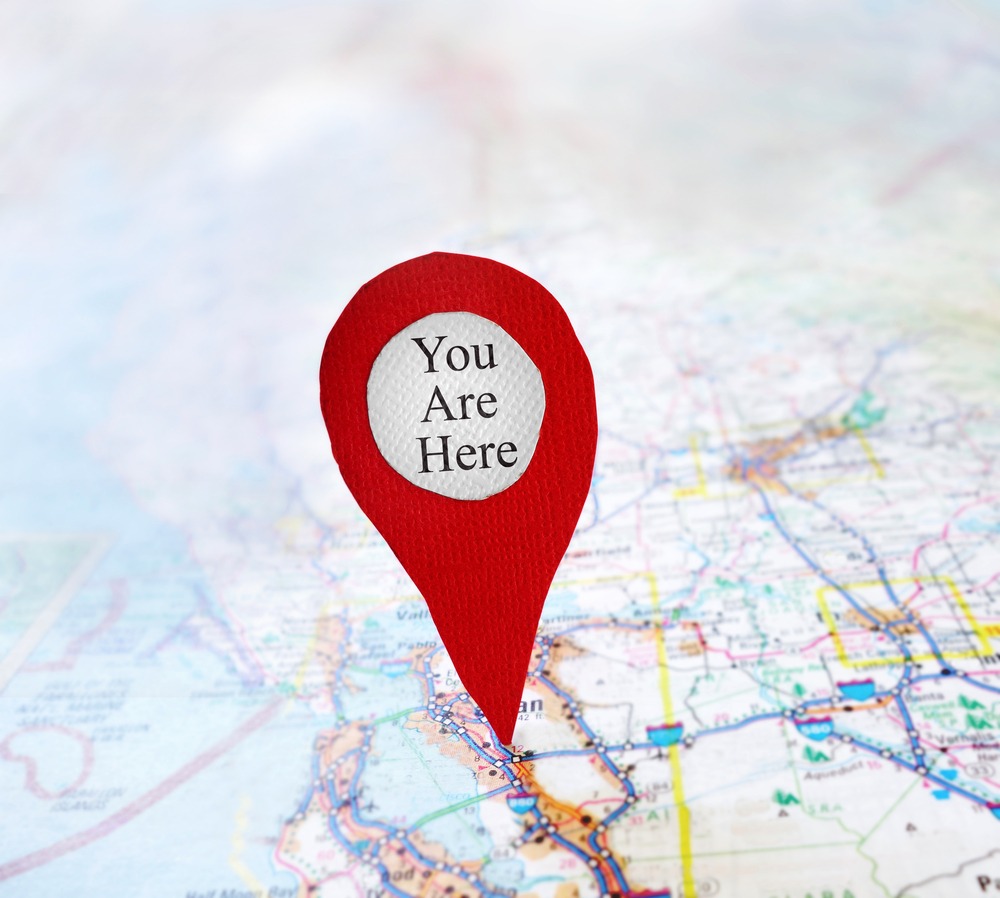
I’m a big kid at heart. I love going to amusement parks, water parks, zoos, festivals…you get the picture! One thing I find really helpful is a visual map — everything there is to do and where to find it, all in one picture. I look for the “You Are Here” label and I see which attractions I’ve been to and what’s still left to do. I can see the path from where I am to where I want to go. A visual is so much easier for me to follow than verbal information. Without a map, I’d wander around and probably get lost. I wouldn’t see what I wanted to see and couldn’t anticipate when I’d be finished.
Now, translate this into a learning environment. Training graphic organizers use visual symbols and images to illustrate concepts, ideas and relationships between them. They organize the content and activities learners will experience. Just like the amusement park map, graphics used in learning programs trigger something in the brain, making memory and recall faster and more accurate.
Here are a few kinds of graphic organizers we use in learning programs:
- Timelines give learners information about where they are in a session or show a sequence of important events. As I think back to history courses I took in school, those timelines of important historical events were much easier to remember than the text in my books.
- Flowcharts show the order, sequence, direction and relationship of content. These are particularly useful to teach a new business process; process flows show steps and different paths the learner can take, depending on the situation.
- Maps are great graphic organizers for learning. For example, they might illustrate a sequence of activities required to complete a course; as each activity is completed, the visual is updated with a checkmark, so it’s clear what’s done and what’s left to do.
- Tables are useful in organizing content too. A table with a sequence of steps can do double-duty – as a guide during training and as a job aid, when the learner is completing the task in real life.
- Conceptual models are visuals that aren’t tied to time, nor are they linear. They often begin with a main idea or concept and branch out to show how that main idea can be broken down into specific topics. A mind map is a tool to create a conceptual model. Mind maps are particularly useful for brainstorming. You start with a main topic written in a circle, then draw branches coming out of the circle. Each branch represents a subtopic. A mind map, shown at the beginning of training, can show all topics at a glance; at the end of the session, it can help participants recall the key take-aways.
Next time you’re out and about, see how many graphic organizers you can find. We don’t often think about how much they help us, day to day. But a graphic organizer will be the first thing I look for on my next “big kid” adventure!



